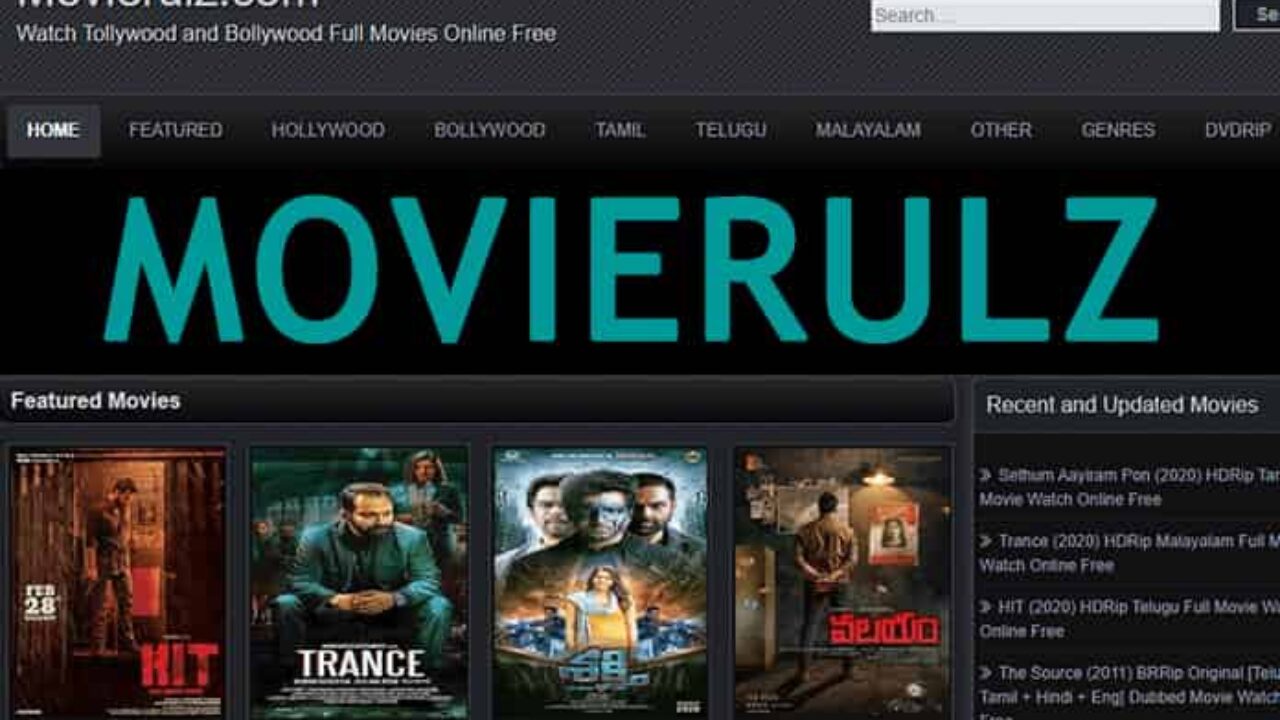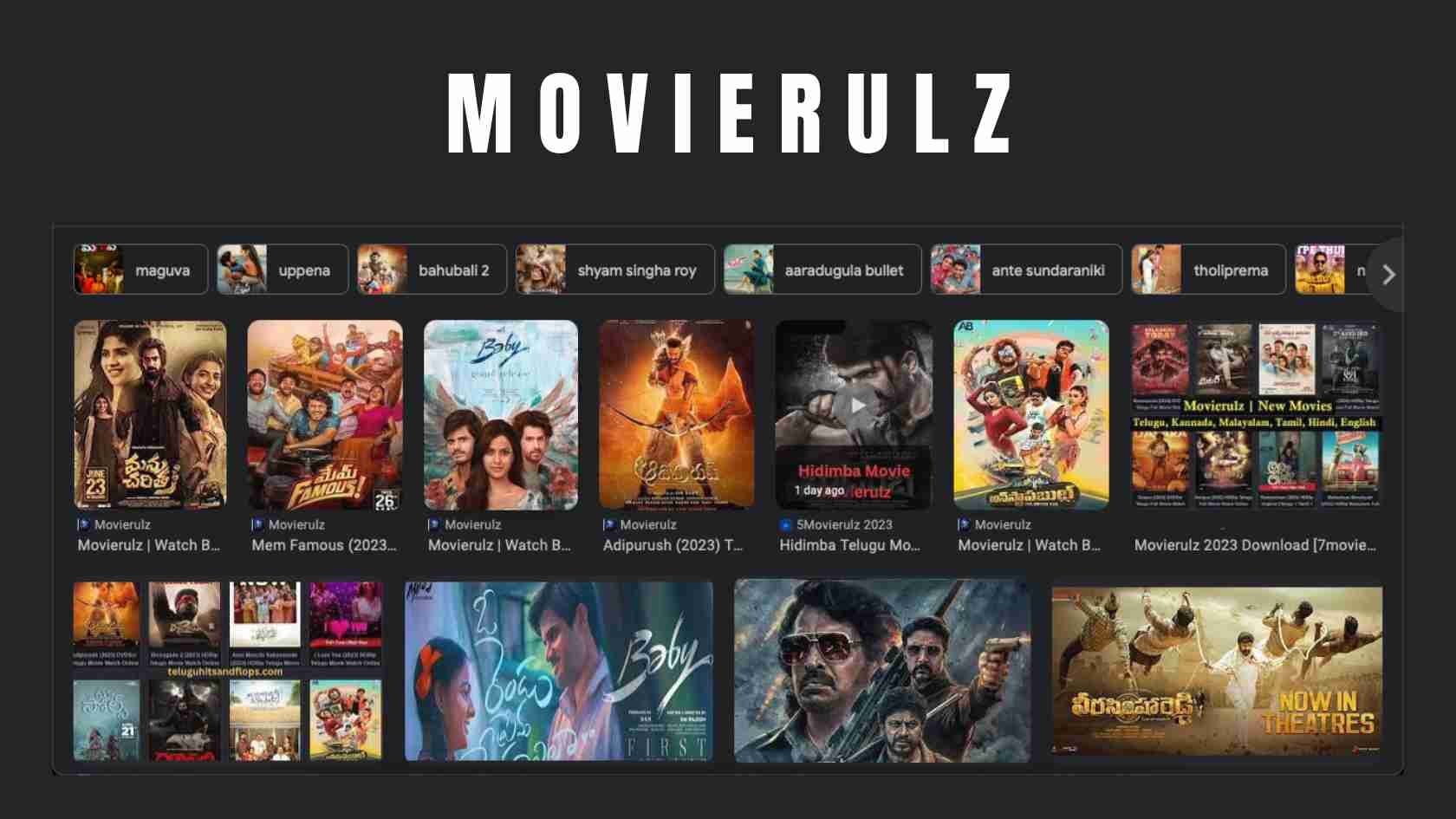Is the digital landscape truly a cinematic paradise, or is it a perilous jungle for movie lovers? The proliferation of streaming platforms and the constant deluge of content has created an environment where accessing entertainment has never been easier, yet the lines between legal consumption and digital piracy have become increasingly blurred.
The contemporary entertainment ecosystem presents a fascinating paradox. On the one hand, services like Zee5, with their promise of anytime, anywhere access to full movies, and JioCinema, boasting a vast library and coverage of global sporting events, offer unprecedented convenience. They cater to the ever-growing demand for on-demand entertainment. These platforms, with their vast libraries, seek to capture audiences with a diverse selection of content available on demand. They offer a wide selection of movies, TV shows, and original programming, often in multiple languages, at a reasonable cost.
However, lurking in the shadows is a persistent threat: digital piracy. Websites like Movierulz, operating in the gray areas of the internet, offer access to pirated content, often including the latest Tamil, Telugu, Kannada, and Hindi movies, for free. While these platforms might offer instant gratification, they are illegal and harmful, as they undermine the efforts of filmmakers and distributors, as well as expose users to security risks.
Let's delve deeper into the dynamics of this complex world.
Consider the evolution of film distribution. Gone are the days when a movie's premiere was the only event. Nowadays, with the advent of streaming, movies become available to a global audience within hours of their theatrical release. It is also important to note that even when it comes to the distribution, a large number of movies fail to get a theatrical release at all, and move directly to streaming platforms, making the entertainment industry accessible to a larger base of the public.
The availability of a movie on a platform such as Zee5 provides easy access to viewers who are looking for a diverse array of content, and the same can be said for platforms like JioCinema. But it's not just about convenience; it's about the experience. The HD quality, curated collections, and personalized recommendations enhance the viewing experience, thus driving the demand for the product.
Here are a few notable streaming platforms and their key features.
| Platform | Key Features | Content Highlights | Pricing | Official Website |
|---|---|---|---|---|
| Zee5 | Full movies on-demand, anytime, anywhere access, extensive movie collection. | Bollywood movies, regional cinema, original series. | Varies by plan, check the official site for details. | Zee5 Official Website |
| JioCinema | Largest premium streaming platform, 100,000+ hours of drama and movies, 17 languages, global sporting events. | Hollywood and Bollywood movies, dramas, live sports. | Subscription plans available, specific pricing details on the website. | JioCinema Official Website |
| Netflix | Original Content, global catalog, personalized recommendations | Wide selection of movies, original series, documentaries | Subscription based, varies by plan | Netflix Official Website |
The appeal of platforms like Movierulz lies in the allure of free content. The promise of accessing the latest movies without paying a subscription fee is a powerful temptation. This is particularly the case in markets where disposable income might be limited, or where access to legal streaming services is restricted. However, the trade-offs are substantial.
One of the most significant problems is the illegality of the content available. Movierulz and similar sites operate outside the legal framework, infringing on the copyrights of filmmakers, actors, and distributors. This not only deprives the creators of their rightful earnings but also undermines the entire film industry. It discourages investment in new films and can lead to a decline in the quality of content.
Security risks are another important consideration. Downloading content from these sites often exposes users to malware, viruses, and other threats that can compromise their devices and steal personal information. The risk of infection and data loss can be devastating, and the potential harm often outweighs the supposed benefits of free access.
Furthermore, the quality of content on pirated sites is often poor. Movies may be low-resolution, riddled with watermarks, or include intrusive ads. This degrades the viewing experience, detracting from the enjoyment of the film itself. The availability of dubbed movies, particularly in various regional languages, caters to a wider audience. This expands the reach of films but also adds a layer of complexity regarding copyright enforcement, particularly when unauthorized dubbing or subtitling is involved.
The rapid evolution of technology has also fueled the growth of digital piracy. The rise of high-speed internet, readily available torrents, and anonymous file-sharing networks has made it easier than ever to access and distribute pirated content. Sophisticated tactics, such as creating mirror sites and using VPNs, have allowed pirate sites to evade detection and remain active.
The challenges in combating digital piracy are significant. There is a constant cat-and-mouse game between copyright holders and pirate sites. Shutting down one site often leads to the emergence of another, making it a constant battle. The global nature of the internet adds to the complexity, with pirate sites often operating from countries with weaker copyright laws or enforcement capabilities.
However, efforts are underway to combat this issue. Governments and industry organizations are working together to take action against piracy. This includes efforts to block access to pirate sites, track down and prosecute those involved in content theft, and educate the public about the legal and ethical implications of piracy. Anti-piracy campaigns aim to raise awareness about the harm caused by piracy and promote the benefits of legal streaming services.
Streaming platforms themselves are also contributing to the fight against piracy. They are actively investing in robust security measures to protect their content. This includes content encryption, digital watermarks, and other technologies designed to prevent unauthorized access and distribution. They are also working closely with law enforcement agencies to identify and shut down pirate operations.
The future of movies, web series, and TV series undoubtedly lies in the digital realm. Streaming services are constantly evolving, offering new features, original content, and personalized experiences. The industry will need to find innovative solutions to combat piracy. The most important of these is offering convenience and value that can compete with the appeal of free, illegal content. This means ensuring that the process of watching movies and shows is as easy and affordable as possible, making it more attractive than resorting to piracy.
The issue of digital piracy is not just a technical one; it's an ethical one. It's about respecting the work of creative artists, supporting the film industry, and protecting our own digital security. The choices we make as consumers have a direct impact on the future of entertainment.
In conclusion, the digital landscape of movies and TV shows presents both opportunities and risks. While streaming platforms offer unparalleled convenience and access, the threat of piracy remains a significant challenge. The movie industry and the viewers, have to work together to create a sustainable model that balances innovation, affordability, and respect for creativity and intellectual property. Only then can we ensure a healthy and thriving future for the world of entertainment.


